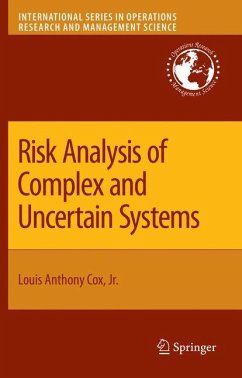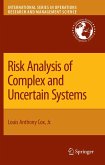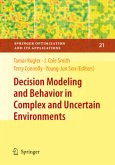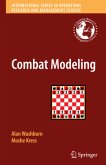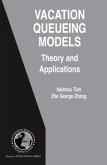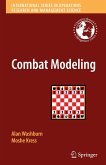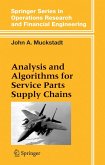In Risk Analysis of Complex and Uncertain Systems acknowledged risk authority Tony Cox shows all risk practitioners how Quantitative Risk Assessment (QRA) can be used to improve risk management decisions and policies. It develops and illustrates QRA methods for complex and uncertain biological, engineering, and social systems - systems that have behaviors that are just too complex to be modeled accurately in detail with high confidence - and shows how they can be applied to applications including assessing and managing risks from chemical carcinogens, antibiotic resistance, mad cow disease, terrorist attacks, and accidental or deliberate failures in telecommunications network infrastructure. This book was written for a broad range of practitioners, including decision risk analysts, operations researchers and management scientists, quantitative policy analysts, economists, health and safety risk assessors, engineers, and modelers.
From the reviews: "The new results of this book include many real life applications especially in health management. ... More applications to the specialists are given throughout the book. The book is written for practitioners but I think it is quite useful for anyone interested in risk analysis and assessment. ... Concluding, this is one of the best books on quantitative risk assessment. I strongly recommended it to anyone interested in reducing risk in this highly volatile world." (E. Ahmed, Zentralblatt MATH, Vol. 1168, 2009)

